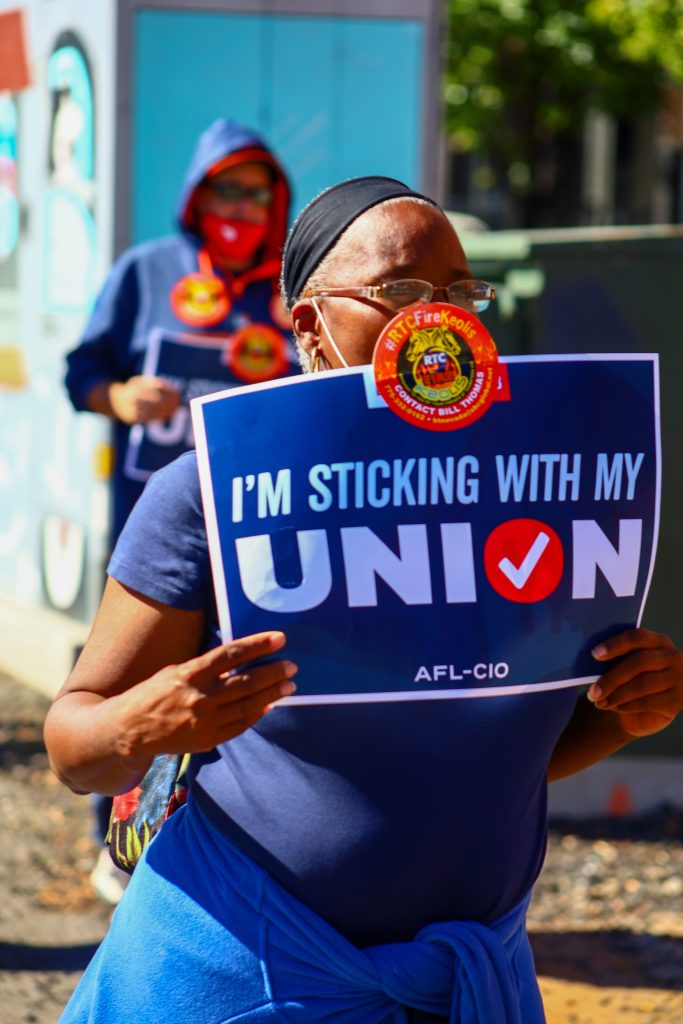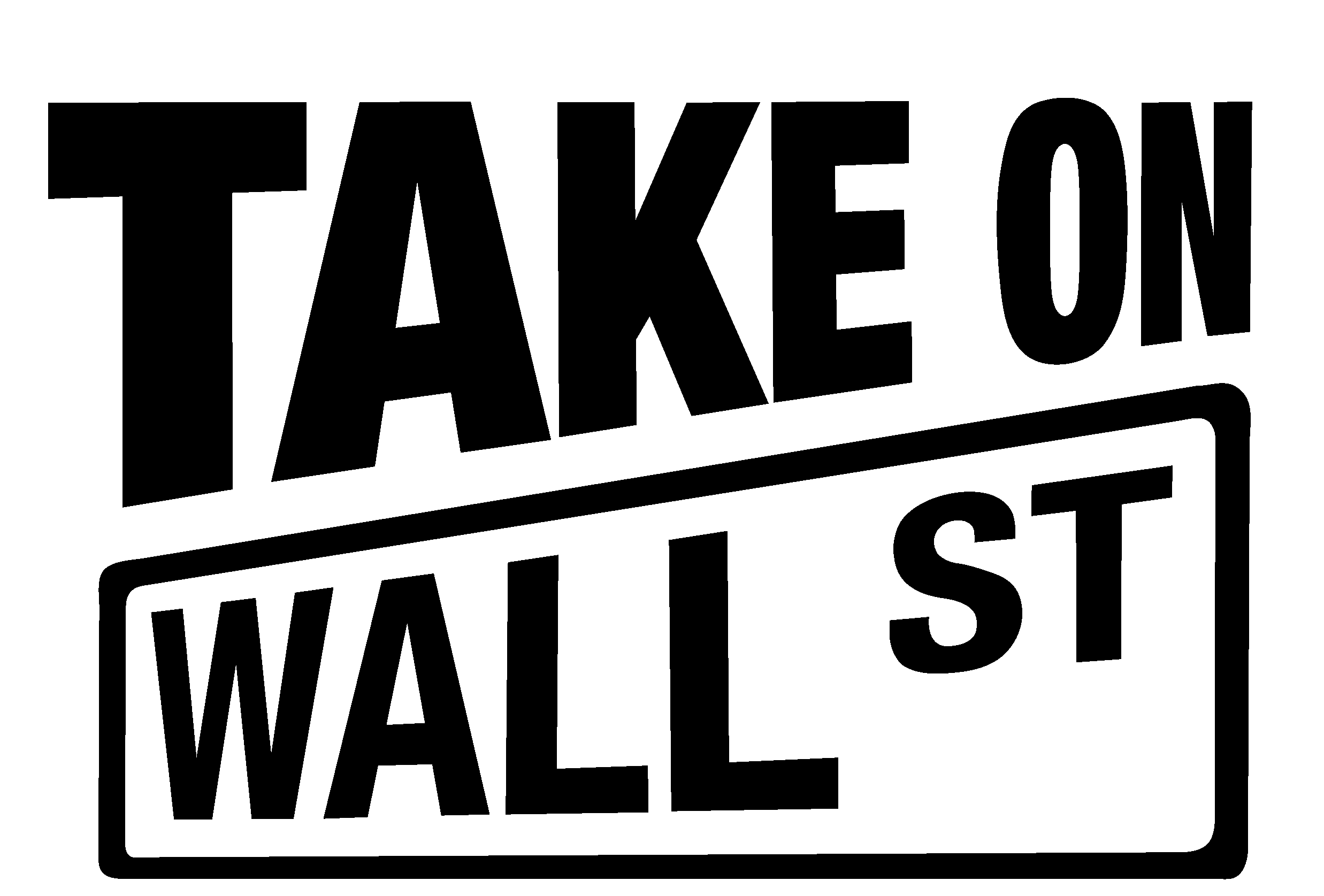
Authored by Jessica Church, Advocacy and Political Manager for Take on Wall Street.
In late August, the National Labor Relations Board (NLRB), which is the independent federal agency whose mission is to protect employees’ rights to organize for better wages and working conditions, issued two decisions that are positively transformative for union organizing.
First, the NLRB released a final rule that will effectively shorten the time frame between when a union announces itself to management and when a formal representation election is held. A representation election is where employees vote by secret ballot on whether they want to be represented by a union.
This new rule for expediency matters because it is common that when a union goes public, management delays the vote for recognition and uses the intervening time to engage in anti-union scare tactics to dissuade workers from voting yes. By shortening the window of time between when a union forms and when a representation election is held, employers have less time to engage in anti-union activity (much of which is illegal, but common nonetheless). This decision recognizes that delay tactics are one way that employers weaken the power of labor unions.
In the second decision, the NLRB determined that when employers engage in unfair labor practices in the run up to a union election (like coercing employees to vote no or unfairly firing employees who are engaged in union activity – ahem, Starbucks), the NLRB can order that employer to recognize the union immediately.
This is a change from past precedent where the penalty for unfair labor practices was usually just a slap on the wrist. Previously, if an employer was found to have been union busting in the lead up to an election, all they were required to do was hold a new election, further delaying the process and recognition of the union.
Together, these two decisions by the NRLB rob union-busters of two of their most frequent tactics.
Wow, right!? As Harold Myerson succinctly put it in The American Prospect, this combination of decisions “makes union organizing possible again.” By hastening the process between a union going public and a representation election and actually disincentivizing unfair labor practices, workers that are trying to form a union in their workplace – which they have a legal right to do – will have a fighting chance.
These decisions from the NLRB will improve workers’ ability to unionize, but it’s not the whole ballgame. More can be done to reverse the decades-long trend of corporate interests and the government diminishing workers’ power. Notably, Congress should pass the Richard L. Trumka Protecting the Right to Organize Act of 2023. The PRO Act, as it’s called, would enact real penalties on employers who violate workers’ rights, ensure unions can collect “fair share fees,” modernize the union election process, and close loopholes that allow employers to make certain workers ineligible for union membership by misclassifying them as supervisors or independent contractors.
By any measure summer 2023 has been a Hot Labor Summer. Support for labor unions is at its highest point since 1965, and a recent poll commissioned by the AFL-CIO shows that more than 70% of registered voters support unions and strikes, including 91% of Democrats, 69% of Independents, and 52% of Republicans. Now is the ideal time for the Biden Administration and Congress to use this momentum to do everything they can to stand up for workers and make every summer a Hot Labor Summer.

Leave a Reply